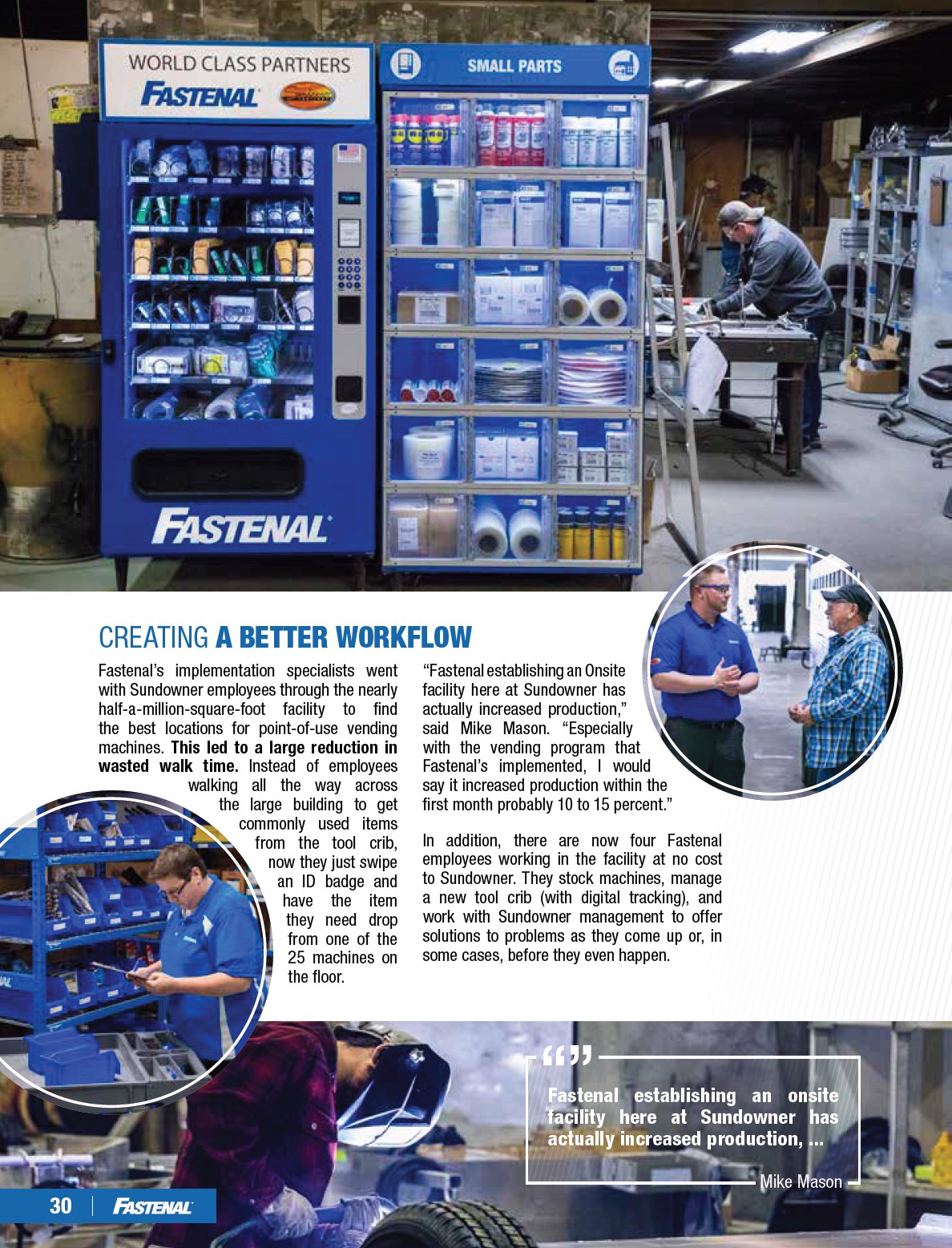Page number 34
HROCEECLTKOCCYAL R OFCW H YYE W L E CCLR OO O T E C LLE O W O W EE N CO YR YOON LC R A T K CNN E EOA L L F WC V AAE E W L RYO E WWEO O OOCR L CNOOLNR W KYEHKRRAFACOKKFLLOLWWLOEWFFN By MelissaPuchalla |DirectorofSupplyChainCompliance CLE ON A WORKFLOW F rom our homes to our workplaces, recycling is always an option. But how do we make it easy? How do we make it work for us? A WORKFLOW LEVEL Two words: recycling programs . Many municipalities offer them. You wheel a bin out to the curb and items are taken to be sorted. RECYCLE ON A WORK If you want to do that on a workflow level, all you need are the right partners. OKFRLEOCWYCLLEEVEOLN HAOWWO 34
Page number 35
What Can Be Recycled? More and more, folks want to keep things out of the landfill, but what can be recycled these days? It’s shifted beyond the simple plastic, glass, and paper that everybody thinks about in their home. And it’s really expanded to include office supplies, janitorial items, and even packaging and shipping materials. Plus, the area of personal protective equipment alone has seen an expansion in recycling options. PPE such as earplugs, coveralls, and gloves all have programs available now. These days any item that ends up in the waste stream is something that companies are challenging themselves to find ways to recycle. What Are Waste Streams? In its simplest form, a waste stream is the complete flow of waste, whether it is from domestic or industrial sources. Each waste stream represents the life cycle of waste from its source up until and including its eventual disposal. It could be scrap metal or a coverall suit. It could be flashlights or breakroom supplies. Really, regardless of the item, the idea is the same. Use something as much as possible, and then have a plan for when it’s used up. VOL. 3 - 2022 35









